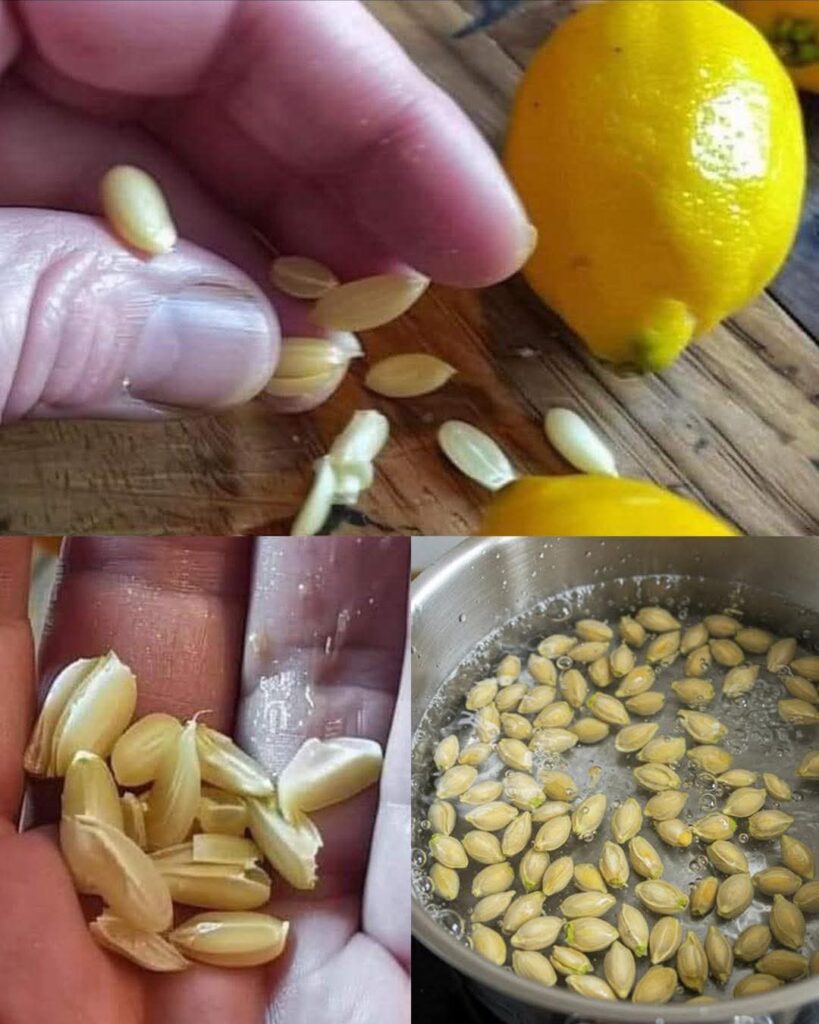You Should Not Buy These Fish Even Though They’re Cheap – Here’s Why Your Health Could Be at Risk 🐟⚠️

We all love a good bargain at the grocery store—especially when it comes to fresh seafood. But just because a fish is cheap doesn’t mean it’s good for you. In fact, some of the most affordable fish options are also the most dangerous when it comes to your health, environment, and long-term safety.
Here are 5 types of fish you should think twice before buying—even if they’re easy on your wallet.
1. Tilapia – Cheap, but Often Raised in Filthy Conditions
Tilapia is one of the most consumed fish worldwide because it’s inexpensive and mild-tasting. But the majority of tilapia on the market comes from fish farms in countries with low safety standards, like China.
Concerns:
- Fed on a diet of soy, corn, and even animal waste
- May contain high levels of harmful bacteria and antibiotics
- Low in omega-3 fats (the “good” fats)
While it’s not toxic, it’s not the healthiest choice either.
2. Atlantic Farmed Salmon – Pretty Pink, But Full of Chemicals
Atlantic salmon sounds luxurious, but most of it is farmed—and it’s very different from wild-caught salmon.
Risks:
- High levels of PCBs (cancer-causing chemicals)
- Fed on unnatural diets, often with color additives to make the flesh look “salmon pink”
- Linked to inflammation and toxin buildup in the body
Wild salmon is pricier, but it’s cleaner and far healthier.
3. Imported Catfish – Full of Antibiotics You Don’t Want
Catfish is another budget-friendly fish, especially popular in fried dishes. But many varieties sold in stores are imported from countries with poor regulation—like Vietnam.
Why it’s risky:
- Frequently treated with illegal antibiotics
- Raised in polluted waters
- Can carry parasites and bacteria
Look for U.S. farm-raised catfish if you want a safer option.
4. King Mackerel – Loaded with Mercury
This fish is tasty and often used in steaks or grills, but king mackerel contains dangerously high levels of mercury, especially risky for children and pregnant women.
Health concerns:
- Mercury can damage the nervous system
- Causes memory issues, fatigue, and even mood swings
- Builds up in your body over time
Choose smaller fish like sardines or Atlantic mackerel instead—they’re safer and still full of omega-3s.
5. Swai (or Basa) – The Cheap Fish with a Dirty Reputation
Often found in frozen fillets, swai is a super-cheap fish that’s usually imported from Southeast Asia. But it’s often grown in polluted rivers with little environmental oversight.
Why to avoid it:
- Low nutritional value
- Often contaminated with harmful bacteria
- Linked to poor farming practices
It’s cheap—but your health is worth more than a few saved dollars.
Final Thoughts 🧠
Not all fish are created equal. While saving money is great, buying the wrong kind of fish can cost you much more in the long run—in terms of your health and well-being. Choose wisely, read labels, and whenever possible, go for wild-caught, sustainably sourced fish.
Cheap fish might look like a good deal—but when it comes to your body, it might not be worth the risk.
FAQs 🤔
Q: Is all farmed fish bad?
Not always. Some farms have strict quality control. Look for certified sustainable labels.
Q: Which fish are safest to eat regularly?
Salmon (wild), sardines, trout, cod, and herring are among the safest and healthiest.
Q: What about canned fish?
Canned sardines and wild-caught tuna in moderation are usually safe. Always check for mercury levels.






